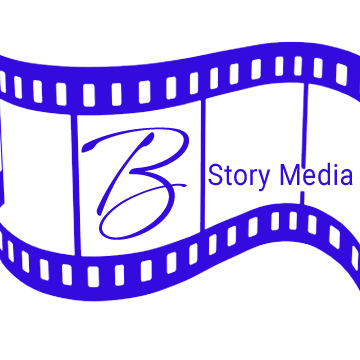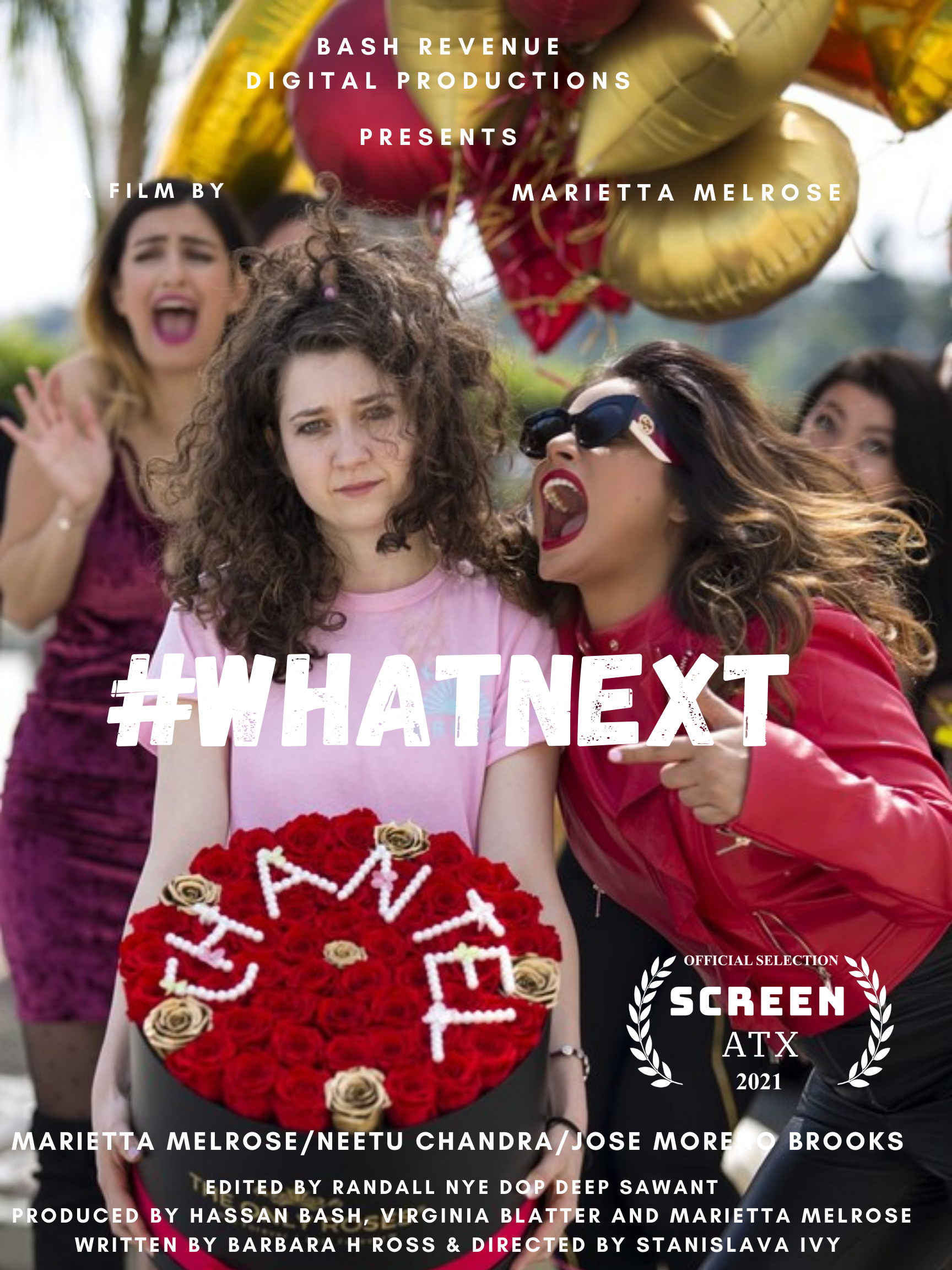Barbara J. Ross
Screen Writer, Novelist & Story Development

Barbara J. Ross Screen Writer | Novelist | Story Development
Eliciting Desire...

A Picture is Worth a Thousand Words: The Power of Imaging Systems in Film and TV
As writers, we often focus on crafting the perfect dialogues, story arcs, and character developments for our scripts. However, one vital aspect that often gets overlooked is the imaging system. How a scene is captured, lit, and edited can profoundly impact the tone and emotions of a script. In this blog post, we will explore how imaging systems affect the mood and subtext of a scene in movies or television shows and the importance of considering it as a writer.
One of the most crucial visual elements of a scene is the lighting. Lighting sets the tone for the scene, emphasizing certain areas or characters and casting everything else in shadow. For instance, low-key lighting with harsh shadows in a horror movie can make the scene more unsettling and eerie. In contrast, soft lighting can create a warm and inviting atmosphere in a romantic comedy. As a writer, it is essential to consider the scene's tone and work with the cinematographer to bring it to life.
The framing and perspective of the camera also contribute significantly to the scene's mood. The distance and angle of a shot can implicitly communicate characters' relationships, power hierarchies, and emotional states. For instance, a close-up shot can convey intimacy and emotional intensity, whereas a wide shot can highlight the characters' surroundings and circumstances. As a writer, understanding the visual language of shots can help you better convey your messages to the audience.
The editing process is where the imaging system comes together, setting the film's or TV show's rhythm and pace. The way that shots are arranged, the speed at which they are cut, and the use of transitions can evoke a wide range of emotions or subtle subtext. For instance, a rapid back-and-forth shot can create tension and urgency, while dissolves can indicate a change in time or location. As a writer, working closely with the editor can help you ensure that the intended mood of your scene is conveyed to the audience.
Color grading is another essential part of the imaging system, affecting the scene's color scheme, contrast, and saturation. Color grading can imbue a scene with various emotions or connotations, creating a particular atmosphere or subtext. For instance, a cool blue color palette can convey a somber or melancholic mood, while a warm orange tone can create a sense of excitement or optimism. As a writer, collaborating with the colorist can help you achieve the desired tone and subtext of the scene.
As writers, it is essential to understand an imaging system's impact on a scene's tone and emotions. Collaborating with the cinematographer, editor, and colorist can help you bring your story's visuals to life and convey the intended mood and subtext to the audience. By considering the lighting, framing, editing, and color grading, writers can elevate their scripts from good to great, using the power of a picture to tell a thousand words.
Here are some videos with more great advice on the subject:
Robert McKee: https://www.youtube.com/watch?v=2CNj2Rt92Cs
Studio Binder: https://www.youtube.com/watch?v=eE4QalFJkpY




